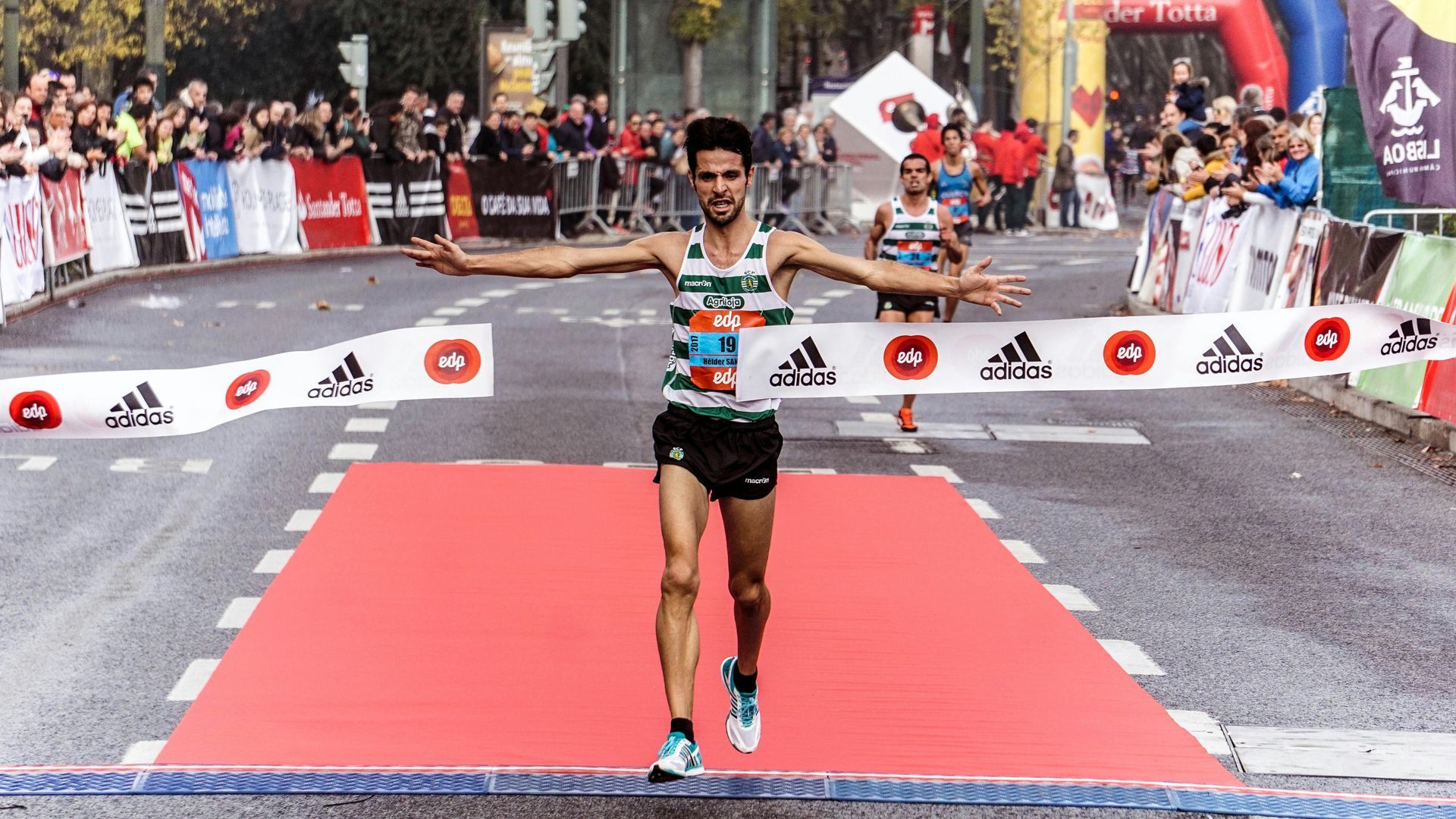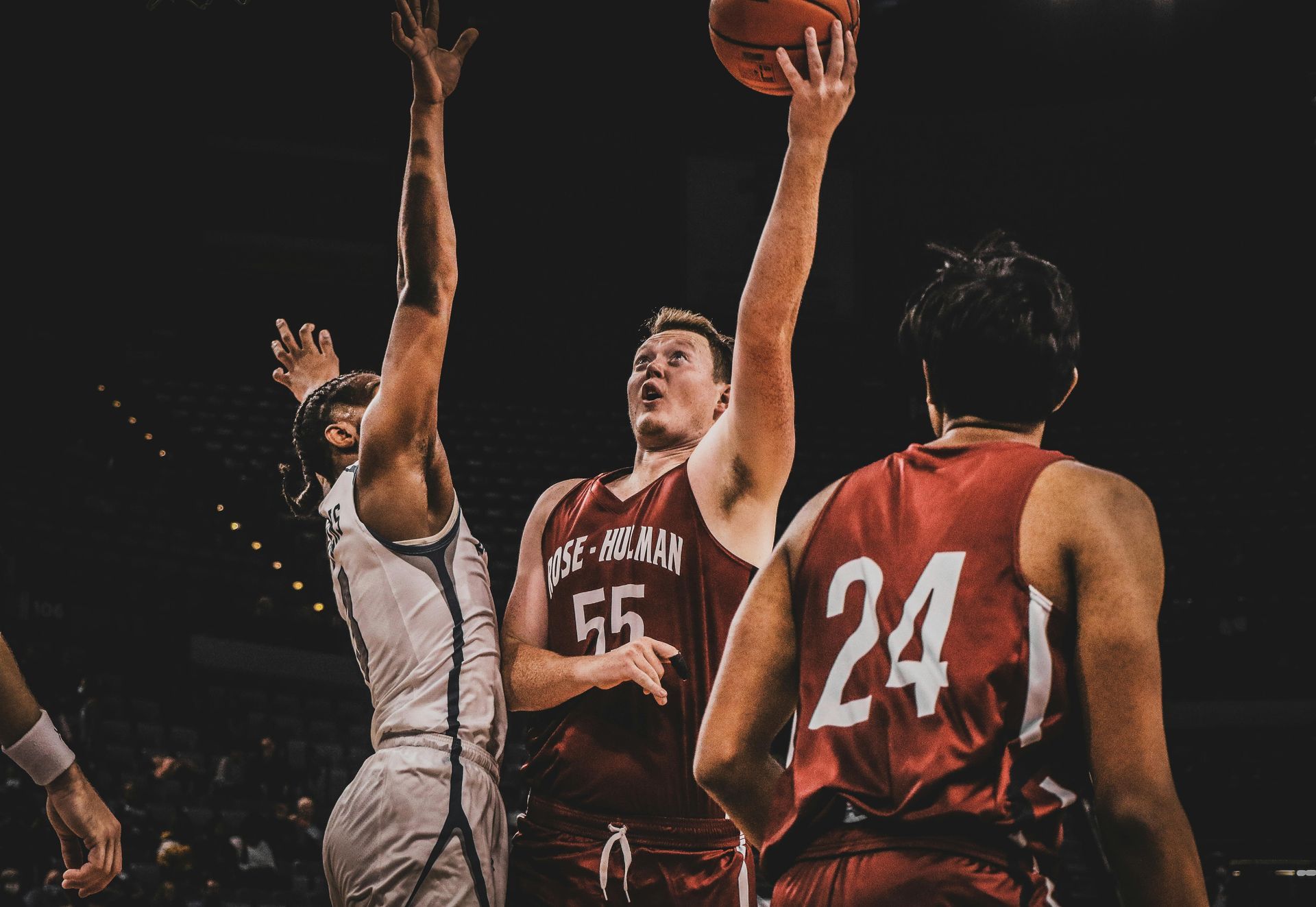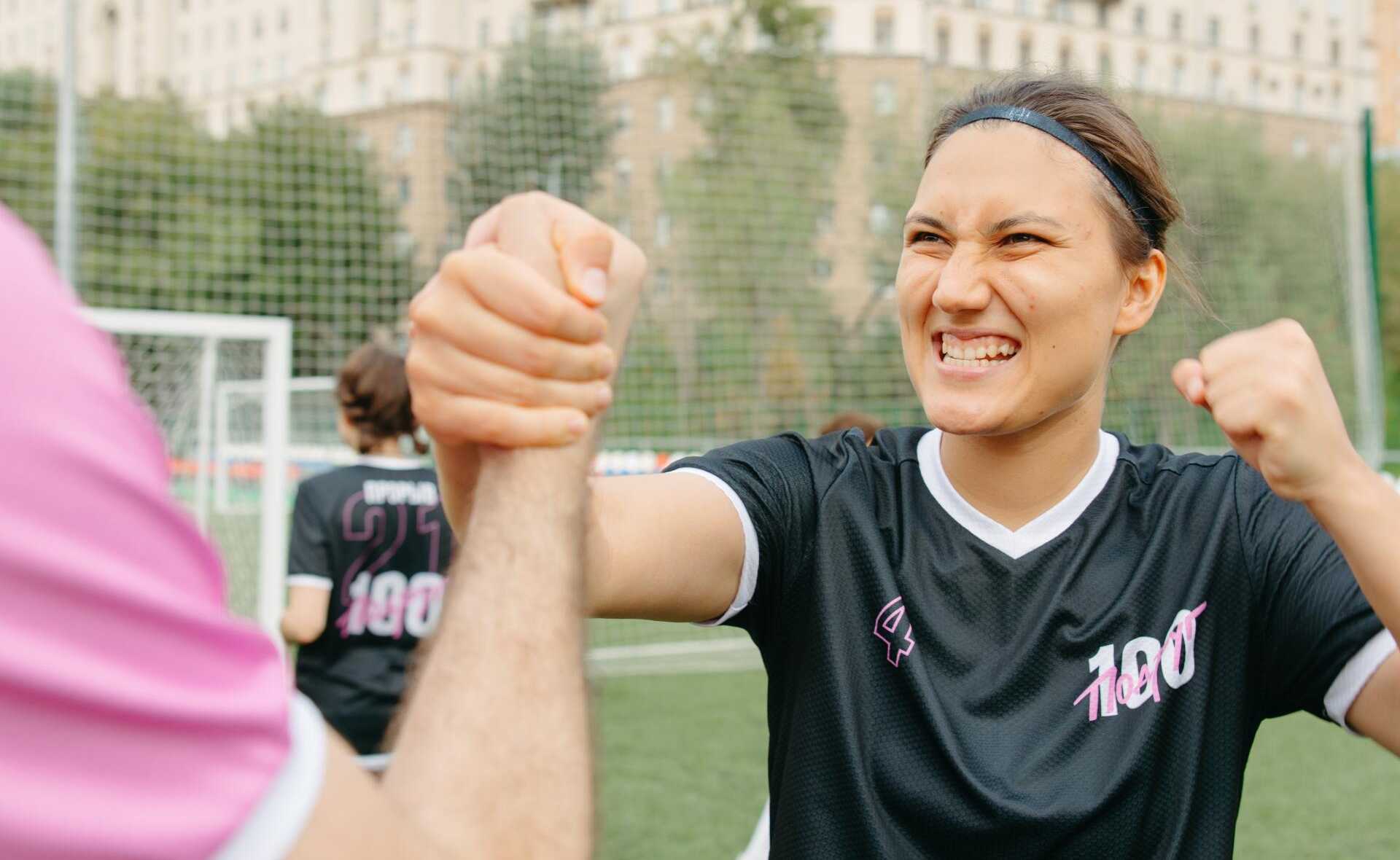¿Debo obtener una visa de atleta?
Eduardo Mattos • February 24, 2023
Click here to read this article in English
Una visa de atleta (P1-A)
le permite venir y permanecer en los Estados Unidos para participar en eventos deportivos. No necesariamente necesita una visa P1-A para competir en la mayoría de las circunstancias. Sin embargo, si se toma en serio su carrera y los Estados Unidos juega un papel importante en su deporte, definitivamente debería considerar obtener una visa P1-A. Dado que las visas B1 o B2 (las visas de negocios/turista) no permiten estadías de más de seis meses y pueden ser difíciles de renovar, lo que puede terminar causando más daño que bien para su carrera.
Supongamos que renuncia a su trabajo, entrena duro y viene a competir en un gran campeonato en los Estados Unidos. Le va bien en su competencia, conoce a mucha gente interesante y tiene la oportunidad de quedarse en el país entrenando con atletas y entrenadores de alto nivel en una instalación de alto nivel. Se sientes como si estuviera en los Estados Unidos. Puede hacer esto con un B1/B2, pero solo por seis meses. Puede intentar extender su estadía, lo cual es posible y factible, pero muchas veces se le niega, y tendrá que abandonar el país o perder el estatus sin muchas esperanzas para su futuro en los EE. UU.
Otra forma de hacerlo es solicitar el estatus de estudiante (F1). ¡Estudiar siempre es bueno! Sin embargo, la mayoría de los atletas que conozco no quieren tener nada que ver con eso y prefieren enfocar su dinero, tiempo y energía en perfeccionar su oficio. No quieren pagar las clases y se comprometerse a pasar una buena parte de su tiempo dentro de un salón de clases fingiendo que es de su interés. Además, su visa será cancelada si no asiste a sus clases.
Con un P1-A, no tiene que preocuparse por pasar por el dolor de cabeza y la ansiedad de probar suerte con la USCIS cada seis meses para renovar su B1/B2. Simplemente no vale la pena. Además, no tiene que pagar la escuela y puede usar su dinero y tiempo trabajando para ser un campeón.
Entonces, ¿cómo alguien obtiene una visa P1-A?
Primero, obviamente, debes ser un atleta, alguien que dedica la mayor parte de su tiempo a entrenar, prepararse y presentarse a las competencias. No tienes que ser patrocinado o el mejor, pero debes competir activamente e idealmente ser parte de un rango. Las competiciones en las que participe deben ser relevantes para su deporte y deben participar atletas de diferentes nacionalidades.
Además, debe demostrar algún nivel de logro y reconocimiento en su deporte. No tiene que ser un campeón mundial, pero no puedes obtener una visa de atleta para tu primera o segunda competencia. Los buenos resultados y actuaciones anteriores son importantes, especialmente cuando se combinan con el reconocimiento de los medios y de los compañeros. Entonces, si aparece en Internet, en artículos o revistas, eso es extremadamente útil para su caso.
Ahora que lo sabe mejor, puede decidir por sí mismo qué es lo mejor para usted. Simplemente nunca se vuelvas ilegal, ¿de acuerdo? Al tío Sam no le gusta eso.
Si tiene alguna consulta sobre lo que significa para usted tener una visa de atleta, programe una consulta con uno de nuestros abogados con experiencia en el asunto.
Esperamos con interés trabajar con usted.
Este blog no pretende constituir una asesoría legal y nada aquí debe interpretarse como el establecimiento de una relación abogado-cliente. Programe una consulta con un abogado de inmigración antes de tomar acción basándose en cualquier información que lea aquí.
Similar Posts

If you've made it to the United States as a culinary professional—perhaps on an O-1B visa that recognizes your extraordinary talent, or a P-3 visa for sharing your rich culinary heritage—congratulations! You’ve already proven yourself as a standout in your craft. But what if we told you that your journey doesn’t have to end when your temporary visa does? In fact, your current status could be the perfect stepping stone to something much more lasting: a green card through the EB-1A category. The EB-1A visa is a first-preference employment-based immigrant visa, designed for individuals with “ extraordinary ability ” in fields such as the arts, sciences, education, business, or athletics. And yes—culinary arts absolutely count. The key is demonstrating that your skills have risen to the very top of your field. If you've already gone through the O-1 or P-3 process, you're likely well on your way . Here’s the good news: much of the evidence used to obtain your O-1B or P-3 visa can be repurposed for your EB-1A petition . Awards, press features, expert testimonials, and proof of your work in prestigious kitchens or at cultural events—they're all valuable again. But what’s even more exciting is that everything you’ve accomplished while in the U.S. on your temporary visa—whether launching a signature tasting menu, starring in a food documentary, or leading culinary workshops—can now be used to further strengthen your case. According to USCIS, EB-1A applicants must meet at least three of ten criteria unless they’ve received a major internationally recognized award. These criteria include things like published material about your work, original contributions of major significance, high salary, and a critical role in distinguished organizations. For many chefs, especially those who’ve thrived in the U.S. hospitality scene, it’s absolutely achievable with the right guidance. What sets the EB-1A apart is that it does not require an employer sponsor . That’s right—you can self-petition! This means your culinary career can be as flexible and entrepreneurial as you want it to be, whether that means opening your own restaurant, expanding into media, or continuing to cook your way into America’s heart. Even better? It can be one of the fastest paths to a green card available. With premium processing, your I-140 petition can be adjudicated within just 15 business days. And if your country’s EB-1 visa category is current on the visa bulletin at the time of approval, you may be eligible to file your green card application immediately. This combination of speed, autonomy, and flexibility makes EB-1A an incredibly attractive next step in your immigration journey. At Santos Lloyd Law Firm, we love helping creative professionals take their next big step. If you’ve already wowed the world with your cuisine, the EB-1A may be your opportunity to stay and make your mark for good. Contact us today to find out if the EB-1A is the next right step for you!

The United States has long been a destination for the world’s most talented athletes—not only to compete at the highest level, but to access world-class training, coaching opportunities, and long-term career prospects. Whether on the field, in the ring, or across the chessboard, athletes from across the globe are finding immigration pathways that allow them to pursue their athletic and professional goals in the U.S. U.S. immigration law offers several visa and green card options designed specifically for individuals with extraordinary athletic talent. These include the P-1A visa for internationally recognized athletes, the O-1A visa for individuals of extraordinary ability, and the EB-1A immigrant petition, which can lead to permanent residency and ultimately, U.S. citizenship. The P-1A visa is commonly used by professional athletes coming to the U.S. to compete in a specific event or season. This applies not only to individual athletes but also to members of teams or clubs recognized internationally. It is widely used by soccer players, basketball players, MMA fighters, Brazilian Jiu-Jitsu competitors, and even elite chess players. Athletes must demonstrate a high level of international recognition and a record of performance in their sport. The O-1A visa is a strong option for coaches who demonstrate extraordinary ability, typically evidenced by championship titles, sustained winning records, or recognition as integral to their team’s success. To qualify, a coach must establish that their expertise places them among the small percentage of top professionals in their field. For athletes seeking permanent status in the U.S., the EB-1A immigrant petition —often referred to as the “extraordinary ability green card”—provides a direct path to lawful permanent residency. It requires clear documentation that the individual is among the very best in their sport and has achieved sustained national or international success. Unlike other green card categories, the EB-1A does not require employer sponsorship and can be self-petitioned. This has become a common path for MMA world champions, BJJ black belt medalists, Olympic athletes, and chess grandmasters—many of whom now represent the U.S. at the highest levels of international competition. It’s important to note that U.S. immigration law defines “athlete” broadly. Whether you are a professional football player in Europe, a sprinter from the Caribbean, a judoka, a gymnast, or a grandmaster in chess, your achievements may qualify under these categories if they are properly documented and presented. The key is a consistent record of excellence and recognition in your sport on a national or international scale. Our office specializes in these types of immigration matters. Whether you are an individual athlete looking to relocate or an organization seeking to bring international talent to your roster, we offer tailored legal strategies to support your goals. If you are exploring options to compete, train, or build your future in the U.S., we’re here to help you take the next step.

Once you have connected with a college program, have been admitted to the school, and deemed eligible to compete athletically, you will need to secure an F-1 student visa in order to actually attend your new college and begin your time as a student athlete. The first step in the visa process is to receive your Form I-2

For many talented athletes around the world, U.S. college athletics represent a remarkable opportunity to combine elite athletic competition with higher education. In sports such as basketball, soccer, track and field, and tennis, among others, hundreds of colleges and universities across the United States offer struct

Under the new regulation, if a person filed or files Form I-589, Application for Asylum and for Withholding of Removal after October 1, 2024, and the application remains pending with USCIS for 365 days, the applicant must pay an Annual Asylum Fee (AAF) on the one-year anniversary of his or her filing date.



